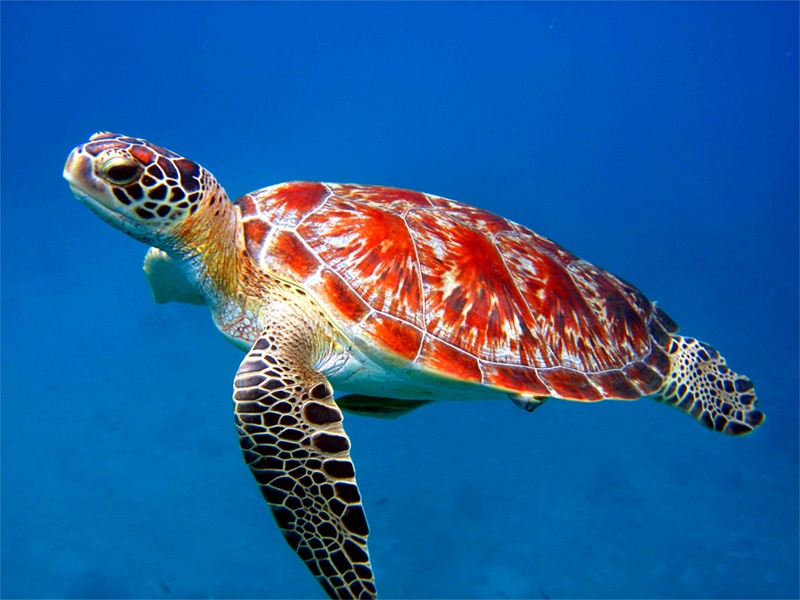
Top Ten Things – Top 10 marine animals that are surprisingly intelligent demonstrate complex behaviors, problem-solving abilities, and social interactions. Intelligence in the ocean is often underestimated, but many species show remarkable learning, communication, and adaptability skills. Observing these animals reveals a depth of cognition that rivals some land mammals, making them fascinating subjects for research and conservation.
“Read More: Private Tour Bangkok Chinatown – The Way of Life Experience”
Dolphins exhibit advanced social behaviors, vocal communication, and cooperative hunting strategies. They can recognize themselves in mirrors, a sign of self-awareness. Problem-solving and tool use, like using sponges to protect their snouts while foraging, highlight cognitive flexibility. These intelligent mammals thrive in social groups, teaching and learning from one another in complex ways.
Octopuses display extraordinary problem-solving skills and adaptability. They can manipulate objects, navigate mazes, and open jars. Camouflage and color-changing abilities demonstrate environmental awareness. Short lifespans do not limit their learning capacity. Octopuses impress researchers with memory, curiosity, and ingenious methods to escape enclosures or hunt prey efficiently.
“Read About: Top 10 Reasons Coral Reefs Are the Rainforests of the Sea”
Cuttlefish utilize dynamic skin patterns to communicate, camouflage, and attract mates. Their large brains allow complex learning and memory functions. During hunting, they calculate angles, adjust strategies, and anticipate prey movements. Observations suggest cuttlefish can plan ahead, exhibit curiosity, and respond to novel challenges in intelligent ways.
Sea otters are known for using stones to crack open shells. They exhibit foresight by carrying favorite tools and storing food. Social learning occurs when young otters imitate elders. Problem-solving, dexterity, and memory make sea otters exceptional among marine mammals, showing intelligence through both practical skill and cultural transmission.
Orcas, or killer whales, demonstrate cooperative hunting techniques and vocal learning. Pods develop distinct dialects and hunting strategies, passed down through generations. Complex social structures and coordination in capturing prey reflect advanced cognition. Orcas’ ability to teach, learn, and adapt indicates a high degree of social intelligence.
Parrotfish, though smaller, display problem-solving in feeding and territorial behavior. They navigate complex coral reefs efficiently and can modify foraging strategies when environments change. These fish learn from experience and adapt to dynamic surroundings, showcasing practical intelligence in resource use and survival.
Squids exhibit advanced hunting tactics, escape behaviors, and camouflage. Their rapid decision-making during predator encounters shows situational awareness. Communication through body patterns and bioluminescence indicates social intelligence. Squids’ adaptability in feeding and evasion highlights cognitive sophistication in invertebrates.
Manta rays exhibit curiosity and long-term memory. They interact with divers and objects in their environment, showing playful and investigative behavior. Social interactions include coordinated movements and communication gestures. Their intelligence emerges in spatial awareness, navigation, and interactions with both peers and humans.
Cleaner fish engage in mutualistic relationships with larger species, removing parasites efficiently. They recognize clients, adjust behavior based on social cues, and remember past interactions. Cooperation and learning from experience reveal cognitive abilities beyond simple instinct. Cleaner fish exemplify intelligence in social and ecological contexts.
Bottlenose whales display advanced memory, vocal learning, and social structure. They navigate vast oceans, recognize individuals, and maintain lifelong bonds. Complex vocalizations convey information, coordinate hunting, and reinforce social cohesion. Observations confirm high cognitive abilities in communication, navigation, and problem-solving.